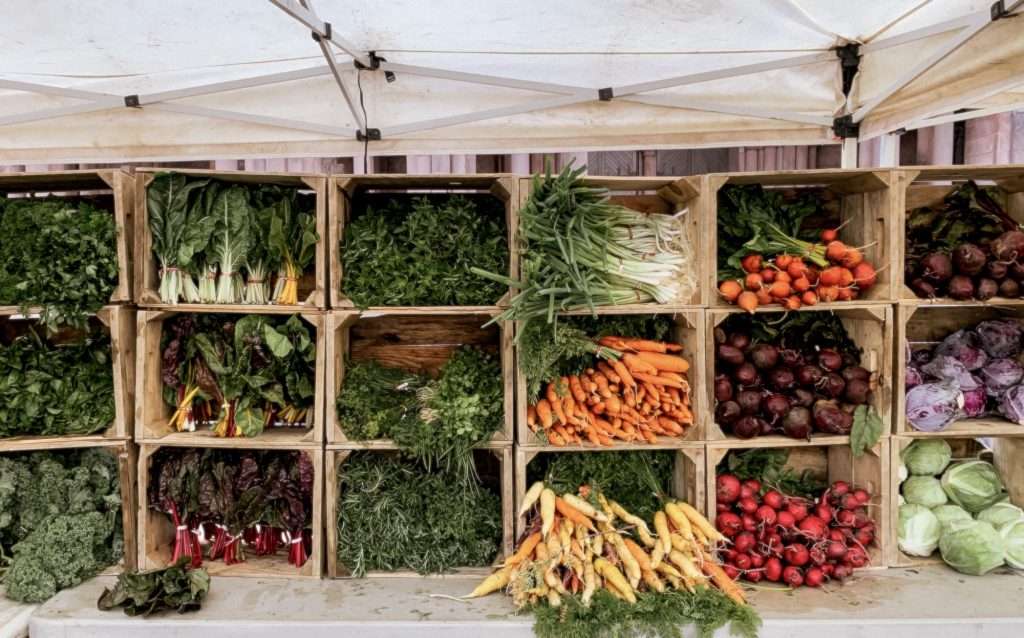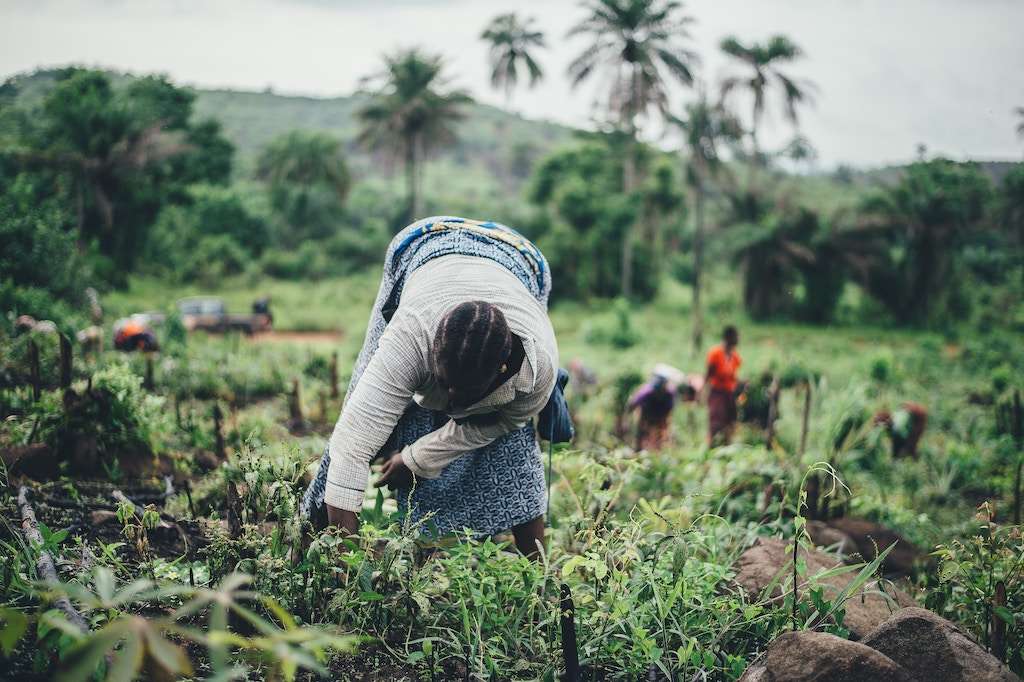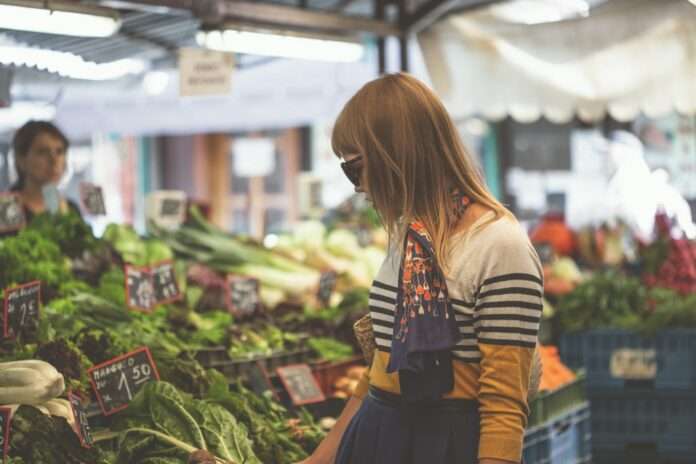Many brands are trying to solve the country’s food waste and supply problems, but are they doing enough? Let’s dive into some of the solutions, innovators, and modernizers hoping to make a big difference in the amount of food going to waste every year.
The world has a big problem. Okay, it has lots of big problems. But this one, in particular, has to do with the amount of food we’re wasting. In the U.S. alone, around 91 million tons of surplus food went to the trash in 2021. This isn’t just a waste of all the resources it took to produce that food (like water, energy, and fertilizer, for example), but it’s also a major source of greenhouse gas emissions.
According to the Environmental Protection Agency, U.S. food loss and waste are responsible for around 170 million metric tons of carbon dioxide equivalent every single year. And globally, food waste contributes around eight to ten percent of all the world’s greenhouse gas emissions.
This can’t go on. Not just because of the environmental issues, but because there are also plenty of people who could benefit from eating all of the food that is going to waste, much of which is fruits and vegetables. In fact, in the U.S., around 34 million people, including 9 million children, are food insecure, according to Feeding America.
How are brands trying to reduce food waste?
As the food waste problem continues to worsen, many brands are trying to make a difference. Hungry Harvest, for example, is a farm-to-doorstep produce delivery service striving to reduce food waste and help people experiencing food insecurity across the U.S. at the same time. With every delivery, it saves around ten pounds of food from going to waste. And since 2014, it has rescued more than 27 million pounds of produce.

Another example is Imperfect Foods, which is a grocery delivery service that specializes in selling high-quality surplus food, some of which may be slightly irregular in appearance. In the whole of 2020, it saved around 50,000,000 pounds worth of food. Misfits Market is another example of a brand that rescues food that would otherwise be wasted and ships it on to consumers in the U.S.
But while these brands are undeniably helping to make an impact when it comes to food waste reduction, one of the biggest problems in the food market is a lack of modernization, according to Christine Moseley, the founder of Full Harvest. The latter is a leading business-to-business marketplace for surplus, imperfect, and, as of recently, USDA Grade 1 produce.
Full Harvest and the digitization of the produce supply chain
While many brands are trying to fix the symptoms of the way the food system currently operates (by rescuing surplus or imperfect food and then selling it on to consumers), Full Harvest is trying to help change the DNA of the produce supply chain, so that it doesn’t naturally result in so much waste.
According to Moseley, she was inspired to create the brand after working in the food industry and spotting the inefficiency of a system that was predominantly based offline. Around 96 percent of the global produce industry is totally offline, according to Pymnts.
“We’re kind of the thought leader in not only solving farm food loss — which is now the largest portion of the food waste problem [and] the No. 1 contributor to climate change — but also solving major pain points within the industry with technology,” Moseley told the global news and analysis platform.

The way it works is simple. Farmers can empower their own workflow by uploading their produce to Full Harvest, and this makes it far easier for buyers to quickly and efficiently find the produce they need. “It’s really about matching and helping them with the buying and selling process online,” said Moseley. “And we take a take rate of each transaction.”
Up until recently, the brand had been focused on only selling surplus or imperfect produce, but it recently expanded its business model to include USDA Grade 1 produce, too. According to the brand, bringing the entire market online will help to reduce food waste by making the whole buying and selling process much more efficient.
And it seems to be working: Full Harvest is growing all the time, but so far, it has managed to help farmers grow and sell more than 85 million pounds of produce.
“Everything edible should be consumed,” noted Moseley in a recent statement. “At Full Harvest, we’re doubling down on our mission to help produce buyers and suppliers get the real-time data and access they need to make the produce supply chain smarter, more efficient, and more sustainable – regardless of produce type or grade.”
Related on Ethos:


